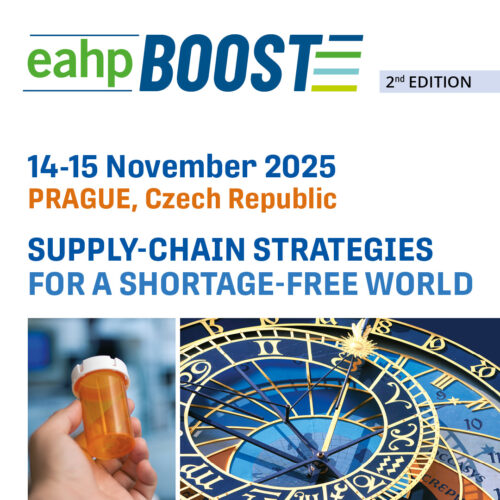EXPREM PROJECT: TRANSFORMING THE PHARMACEUTICAL EXPERIENCE FOR MULTIPLE SCLEROSIS PATIENTS
Pdf

European Statement
Clinical Pharmacy Services
Author(s)
Ranz Ortega P; Martín Barbero ML; Escudero Vilaplana V; Lobato Matilla E; Carrillo Burdallo A; Del Barrio Buesa S; Herranz Alonso A; Sanjurjo Sáez M.
Why was it done?
The EXPREM project aimed to enhance the patient experience for individuals with Multiple Sclerosis (MS) undergoing pharmacotherapeutic follow-up at our hospital.The project involved designing a Patient Journey Map,conducting patient interviews at key touchpoints,and identifying strategies to improve service quality and patient satisfaction.
What was done?
Due to the chronic and complex nature of MS,patients often fase challenges throughout their healthcare journey.The fluctuating symptoms and long-term treatment regimens require frequent interactions with healthcare providers,making the patient experience a critical component of disease management.This project aimed to identify gaps in pharmaceutical care,improve service efficiency,and create a more patient-centered healthcare environment.
How was it done?
The project was conducted in five phases from January-April 2024:
1.Defining the pharmaceutical care process:a detailed map was designed to outline the pharmaceutical care process,including:before arriving at the pharmacy service(PS), patient visit and post-visit
2.Patient Interviews:three MS patients receiving treatment—one newly diagnosed,one with stable chronic treatment,and one with a recent medication change—were interviewed by a pharmacist in semi-structured,open-ended conversations to capture their perceptions and experiences with the Pharmacy Service
3.Direct Observation(SAFARI Method):the pharmacist working group simulated the patient experience to understand what patient hear,see and feel during their journey, identifying areas for improvement in the facility
4.Designing the Patient Journey Map:information from interviews and observations was used to create the Patient Journey Map,highlighting key areas for enhancement
5.Proposals for Improvement:based on the findings,specific actions were proposed to improve the patient experience
What has been achieved?
The project identified areas for improvement, such as:
Before arriving at PS
•The need for a digital appointment management system to reduce waiting times and and improve medication dispensing efficiency.
•Improvements in the physical infrastructure ensuring privacy,better signage,accessible facilities and developing health education programs,such as audiovisual health material for waiting times.
Patient visit and follow-up
•Expanding the use of health apps,videoconsultation to improve real-time communication and ensure the efficacy and safety of medication at home
•Home medication dispensing to save time and reduce costs for patients
What next?
The methodology will be shared with other pharmacy services for broader implementation and the impact of these improvements on patient satisfaction and health outcomes will be systematically evaluated
























